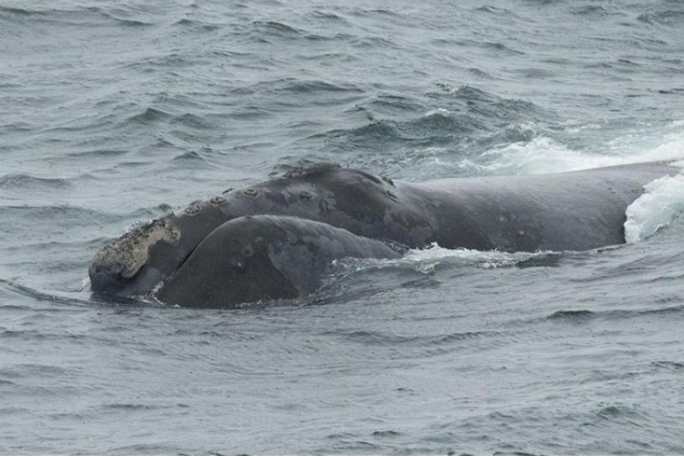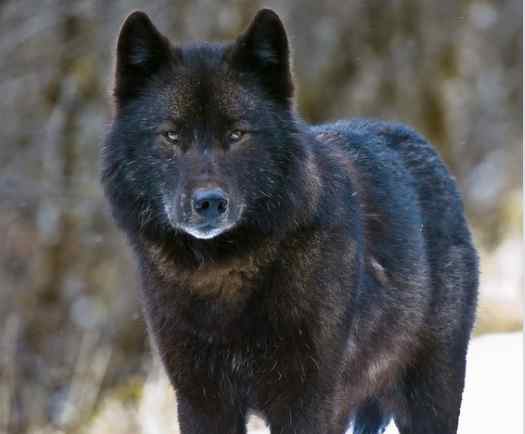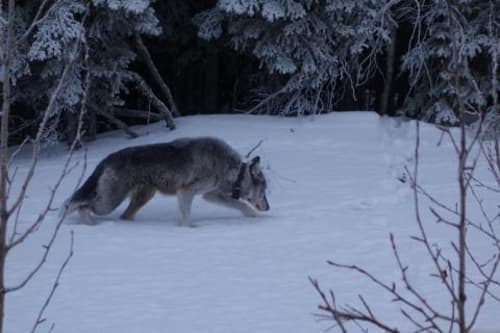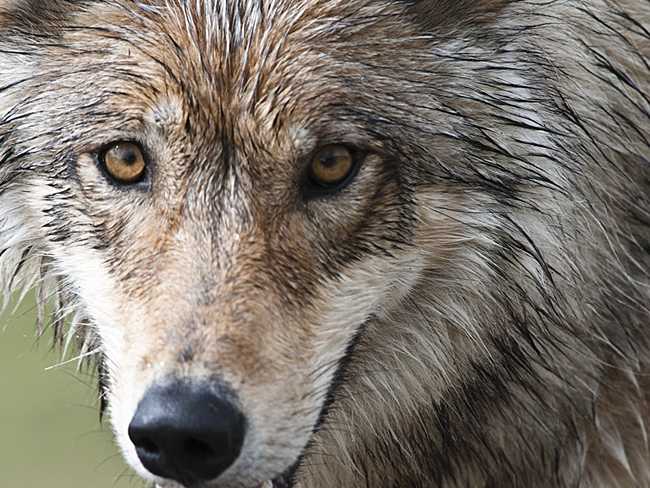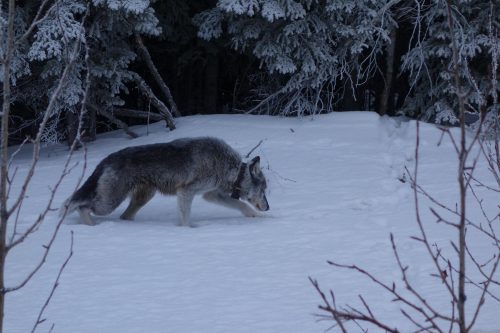
The Alaska Board of Game voted unanimously Friday to reject an emergency petition seeking closure of state lands to the hunting and trapping of wolves along the eastern boundary of Denali National Park.
The Alaska Wildlife Alliance (AWA) in partnership with the Denali Citizens Council, the National Parks Conservation Association and individuals filed the emergency petition in response to a precipitous decline in the wolf population in the eastern section of the park, and a corresponding drop in visitor sightings of wolves. The closure would have re-established a buffer that the Board of Game (Board) eliminated in 2010.
The seven Board members unanimously and decisively agreed that the combined low wolf population and viewing opportunities as outlined in the petition did not meet the threshold of an “emergency” as defined in state regulations. Therefore, because petition did not achieve the level of emergency status, the issue of the buffer proposal itself did not come to a vote.
After 30-plus minutes of discussion, members concurred that the issues cited in the petition did not constitute an “unforeseen, unexpected event that…threatens a fish or game resource” which is the criteria for considering emergency action. They agreed that “resource” refers to biological resource, not a financial resource, such as money that would be lost if fewer wolves resulted in fewer visitors to Alaska.
Bruce Dale, director of the Alaska Department of Fish & Game Division of Wildlife Conservation, said that the term “emergency” was to be interpreted very narrowly, so that very few issues would rise to that level. He added that the Board knew in 2010 that eliminating the buffer would increase the number of wolves killed by hunting and trapping, hence the result was neither unforeseen nor unexpected.
The emergency closure was sought to halt a precipitous and well-documented decline in the Denali wolf population, particularly in the eastern area of the park. Those wolves are the most frequently and easily viewed by park visitors; however when the wolves follow prey across the park boundary onto state land the wolves are easily targeted by hunters and trappers.
In 2007, the National Park Service counted 143 wolves in the 6-million-acre park. In 2014, NPS counted just 50 wolves, the lowest population in the park’s historical record, and a decline of nearly two-thirds in just seven years.
Wolf-viewing success for the nearly 500,000 annual visitors to the park dropped accordingly. In 2010 (when the buffer ended), 44 percent of visitors saw wolves. In 2013, just 4 percent saw wolves.
In its discussion the Board cited other possible reasons for the decline in wolves other than hunting and trapping, including factors such as diminished prey populations and natural variances in wolf numbers.
Board members Robert Mumford said if he had been on the Board in 2010 he would have voted to maintain the existing buffer, but he did not support the emergency petition.
“It’s regrettable that the buffer zone went away, but it shouldn’t come back in the form of an emergency regulation,” Mumford said. “I wish it had never gone away in the first place.”
Board Vice Chairman Nate Turner echoed that sentiment, saying that if he had been on the Board five years ago he too would have voted to keep the buffer.
The Board also suggested alternatives to a buffer, such as a state-federal land swap which would add the land used by the wolves to the park itself. Such an exchange was proposed last year and is still a viable alternative, but neither the state nor the federal government has actively pursued it.
Several Board members mentioned the “heartfelt” and “passionate” written comments they received in support of the petition. Board Chairman Ted Spraker said that more than 400 pages of written comments were received. Per the state policy on emergency petitions, no public testimony was allowed at the meeting.
“I would really like to commend all those who took the time to put this together,” Spraker said. “There were a lot of good, respectful comments.”


